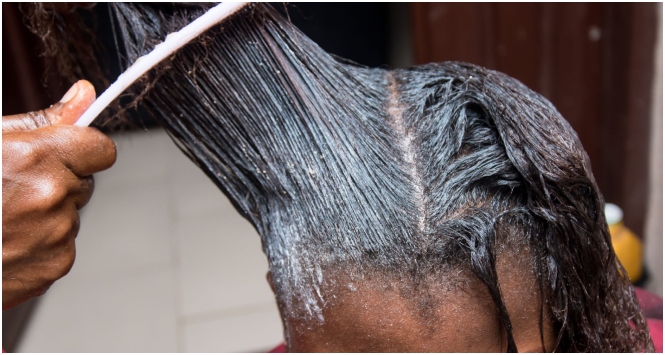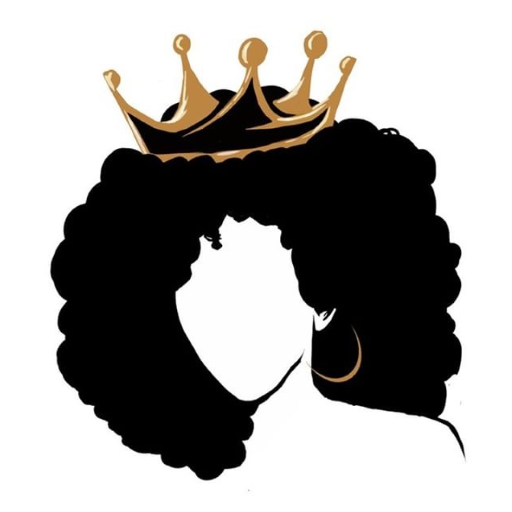Relaxing your hair can give you sleek, manageable strands, but when it’s over-processed, the results can be devastating—dryness, breakage, excessive shedding, and loss of elasticty.
If your relaxed hair has been over-processed, don’t panic.
With the right care and patience, you can restore strength and health to your strands.
1. Stop chemical processing immediately
The first and most crucial step is to halt all chemical treatments, including relaxers, permanent color, and bleach. Overlapping chemical treatments weaken the hair’s structure, making it more prone to breakage. Avoid applying any additional relaxer until your hair has recovered.
2. Deep condition regularly
Over-processed hair lacks moisture and protein, so deep conditioning treatments should become a staple in your routine. Use deep conditioners that contain strengthening ingredients like keratin, hydrolyzed protein, and ceramides. Rotate between protein treatments (to rebuild structure) and moisturizing deep conditioners (to restore hydration).
3. Incorporate protein treatments
Protein is essential for repairing damage, but balance is key. A strong protein treatment, such as an intense reconstructor, can help rebuild the hair shaft. However, too much protein without enough moisture can make hair brittle. Use a protein treatment once every 2–4 weeks, depending on the level of damage.
4. Hydrate and seal
Over-processed hair struggles to retain moisture, so hydration is crucial. Use a leave-in conditioner daily to keep strands soft and manageable. Follow up with a lightweight oil, such as argan or jojoba oil, to seal in moisture and prevent further dryness.
5. Minimize heat styling
Heat can worsen damage, so reduce or eliminate the use of flat irons, curling wands, and blow dryers. If you must use heat, always apply a heat protectant and use the lowest temperature setting possible.
6. Trim damaged ends
Split and damaged ends will continue to travel up the hair shaft if left untreated. Regular trims (every 6–8 weeks) help remove weak areas and prevent further breakage.
7. Be gentle with your hair
Avoid tight hairstyles that put stress on fragile strands. Opt for protective styles like loose braids, buns, or roller sets to minimize tension.
By following these steps, you can gradually restore strength and health to your over-processed relaxed hair. Consistency and patience are key to seeing improvements over time.





